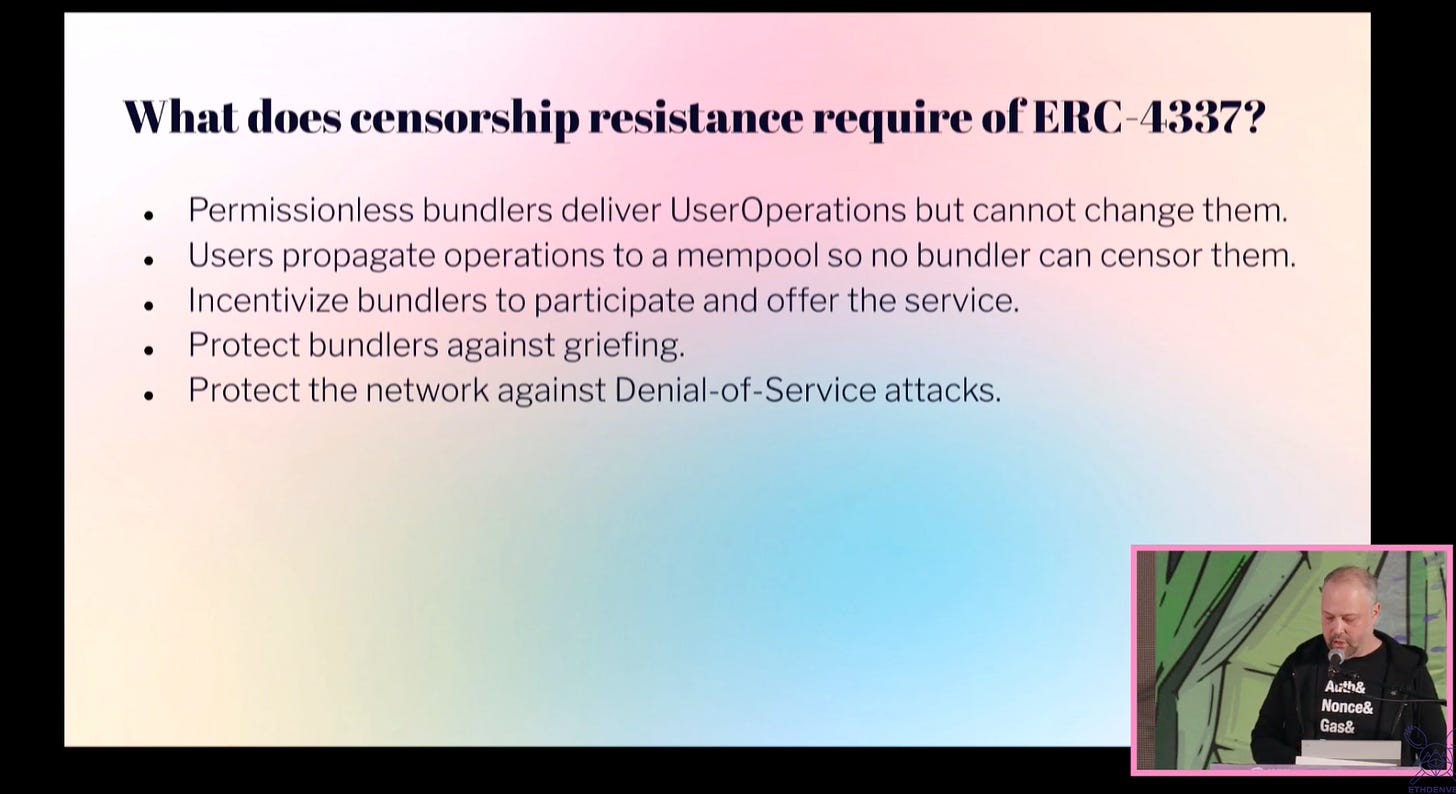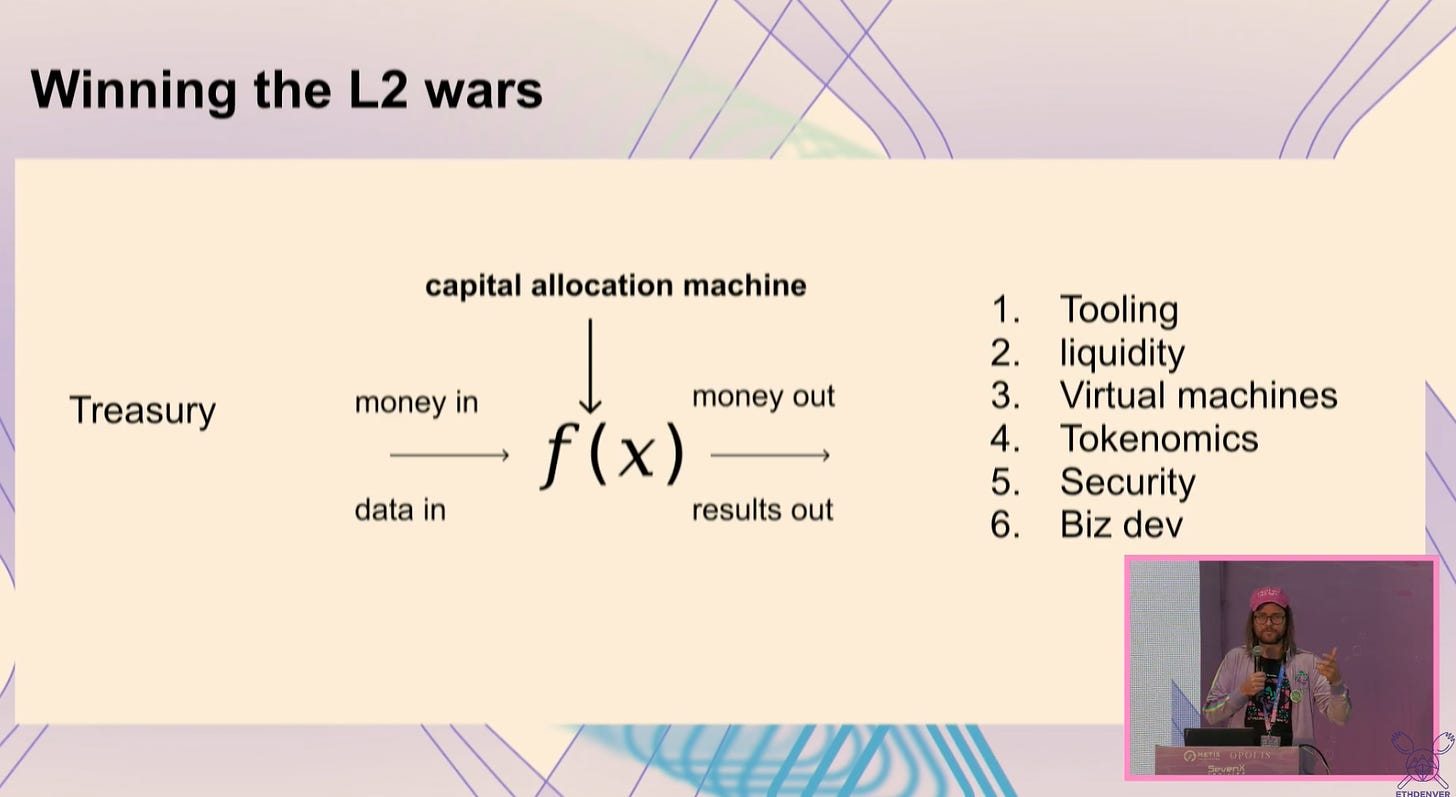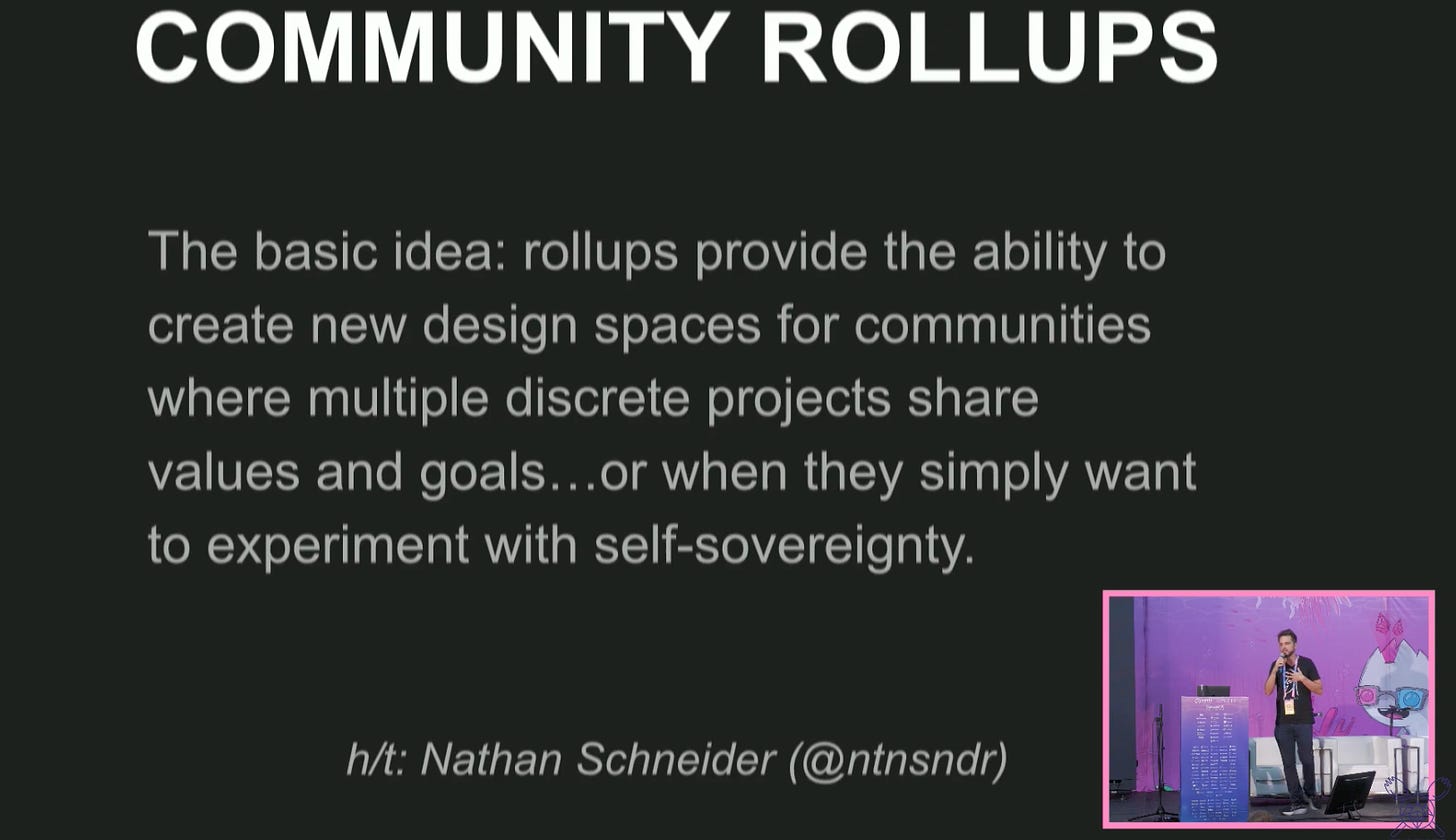ETH Denver 2024 has come to a successful conclusion. Throughout the event, speakers brought a variety of topics, from technological innovation to community development, all discussing the future prospects of Web3. Now let’s review some of these great speeches and gain insight into the latest developments in the industry.
TL;DR
EigenPhi Data Analyst - MEV The Changing Landscape:
Privacy orders and transaction observability have an impact on MEV.
The partnership between searchers and builders may lead to some searchers monopolizing MEV revenue and harming the fairness of the ecosystem.
Ethereum Foundation Members - Understanding ERC 4377:
The ERC 4377 protocol is designed to improve the ease of use and decentralization of smart contract accounts.
The smart contract transaction verification phase is restricted to prevent network abuse.
Ethereum Foundation Member - Importance of Ethereum Core Developers:
Ethereum core developers maintain the protocol and drive improvements.
The Ethereum Protocol Fellowship and Fellowship study groups support the cultivation of core developers.
Galaxy Digital Investment Leader - Blockspace Business Model:
Block space cost depends on transaction complexity and network congestion.
The block space has high net revenue rates and potential profit opportunities.
Gitcoin founder - The importance of public goods funding:
Public goods funding supports the crypto ecosystem and is available at different stages.
Gitoins Allo Protocol provides a variety of fund allocation strategies to support ecosystem development.
Gitcoin Co-Founder and Optimism Foundation Member - Late-stage Public Goods Funding:
RPGF is used to finance public goods after the project is completed.
A new mechanism design is proposed that combines early stage funding with late stage public product funding.
Ethereum Denver community founder - a community ecosystem built using Rollup technology:
Community Rollup uses Rollup technology to build a shared chain.
Member subscriptions, donations, and transaction fees are proposed as the funding and maintenance mechanisms for community Rollup. .
The New Era of Transaction Observability: Deciphering MEV’s Shifting Value Landscape
EigenPhi data analyst Yeah Wang discusses the impact of private order and transaction observability on Ethereum on MEV. He believes that privacy orders and transaction transparency may lead to unfair revenue distribution and competitive imbalance in MEV. Cooperation between searchers and builders enables specific searchers to backrunning orders at a lower cost, while other searchers are unable to obtain the same opportunities, leading to competitive imbalances. This partnership could lead to privileged searchers monopolizing MEV revenue, undermining the fairness of the entire ecosystem.
Types of privacy orders and impact on searcher and builder profits:
MEV Protection RPC: Users’ orders are sent directly to builders’ RPC, and only selected builders can see these orders, increasing their revenue source. This method can effectively protect users transactions from searchers, thereby avoiding Frontrunning and Backrunning opportunities.
Order Flow Auction RPC: Users transactions are submitted to the client and searchers can bid on these transactions. Once searchers include user transactions in their searcher bundles and send them to the builders RPC, they can earn MEV revenue by Backrunning those transactions. However, for these searchers, they need to pay a certain percentage of the MEV revenue to the user.
Searcher Bundles: Searchers rely on bundling mechanisms to discover MEV opportunities hidden in user transactions. Once an opportunity is discovered, the searcher is allowed to Backrun after a transaction is executed based on the known transaction execution sequence. For these searchers, they do not need to pay MEV revenue to users, and Backrunning opportunities are more accessible.
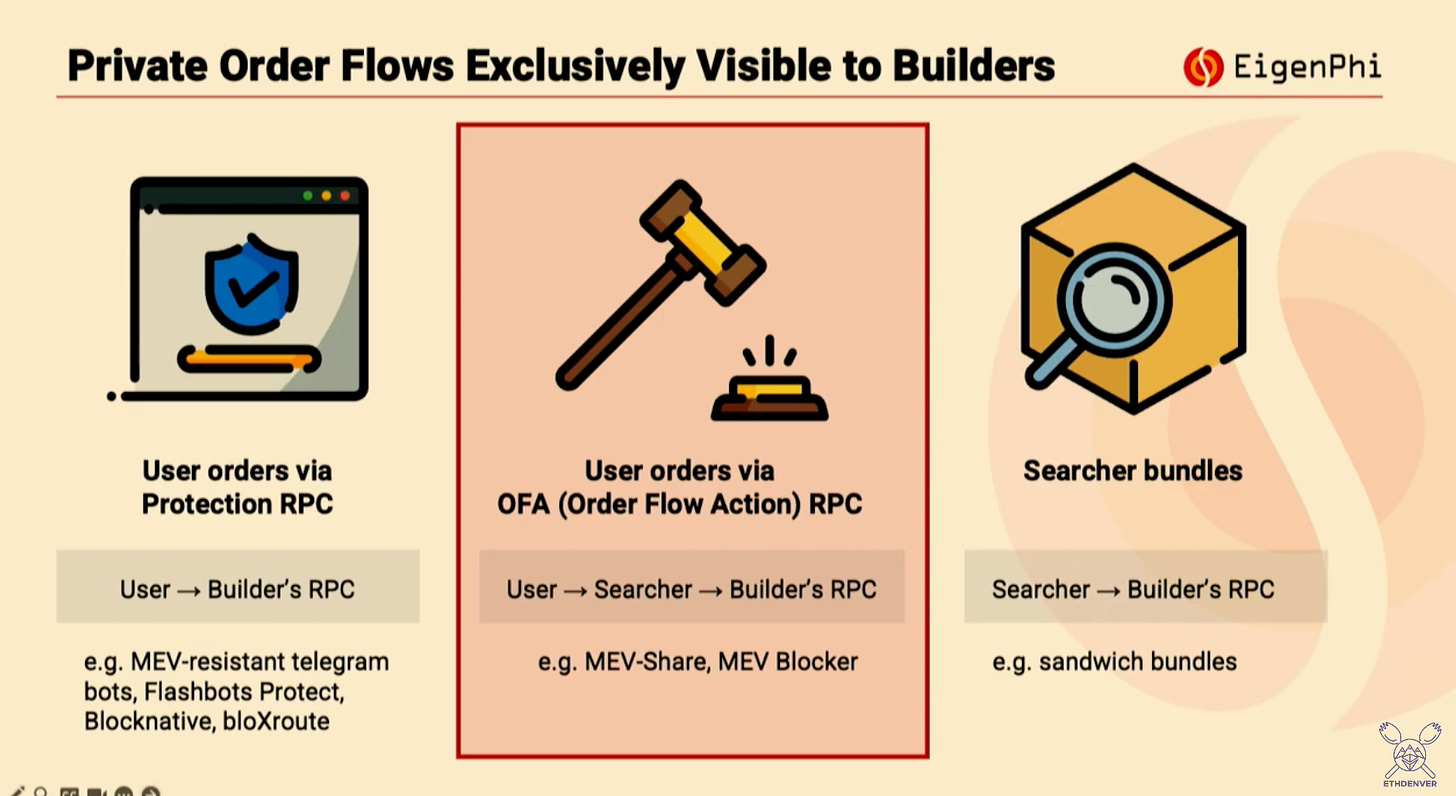
AA Is Easy, if You Don't Care About Decentralization
Ethereum Foundation member Yoav Weiss discusses the differences between smart contract accounts and external accounts. Smart contract accounts need to rely on external accounts to pay transaction fees, which brings inconvenience to users because they need to manage two accounts and perform additional signing operations. This complexity limits the mass adoption of smart contracts.
The ERC-4377 protocol aims to achieve account abstraction, making smart contract accounts easier to use, while maintaining the decentralized nature of the blockchain. During the verification process of smart contract transactions, there is a certain amount of calculation and resource consumption. If not restricted, malicious users may send a large number of invalid transactions, causing network congestion and performance degradation. To prevent this from happening, the ERC-4377 protocol stipulates limits on the workload during the verification process to ensure that the computing resources required for each transaction during the verification phase are acceptable. In the ERC-4377 protocol, transactions are structured into two phases: verification and execution. During the verification phase, only the minimum amount of work required for verification is allowed, which helps prevent denial-of-service attacks and network abuse. Once a transaction is verified, it is propagated to other nodes in the network for execution. In the execution phase, the smart contract code in the transaction is executed to complete the actual logical operation.
Core Devs Are Ethereum's Scarcest Resource
Josh Davis, a member of the Ethereum Foundation, emphasized the development of the Ethereum protocol and the importance of Ethereum core developers, who maintain execution and consensus layer clients, implement EIPs (Ethereum Improvement Proposals), conduct testing, conduct research, etc. Contribute to the continuous improvement of Ethereum. And introduced two programs aimed at supporting and cultivating core developers: Ethereum Protocol Fellowship and Fellowship Study Group.
Ethereum Protocol Fellowship Program (Ethereum Protocol Fellowship): This program aims to make the process of becoming a core developer, researcher or contributor of Ethereum easier, provide mentor support, and give more people the opportunity to become core contributors of Ethereum. Participants work in the program similarly to core developers, choosing jobs that interest them and writing technical update reports. Coordination and communication are carried out through GitHub and Discord, and meetings are held twice a week to report project progress and ask questions and other activities.
Fellowship Study Group (Ethereum Protocol Fellowship Study Group): It is the predecessor of the Ethereum Protocol Fellowship and lasts for 10 weeks. Current core developers or researchers teach one to two 90-minute courses per week. It includes the entry phase, the learning and project selection phase, and the project execution phase. The study group is an open and free program where participants can join the course without applying, attend courses, join Discord discussions and work together to build a knowledge base of core protocol development.
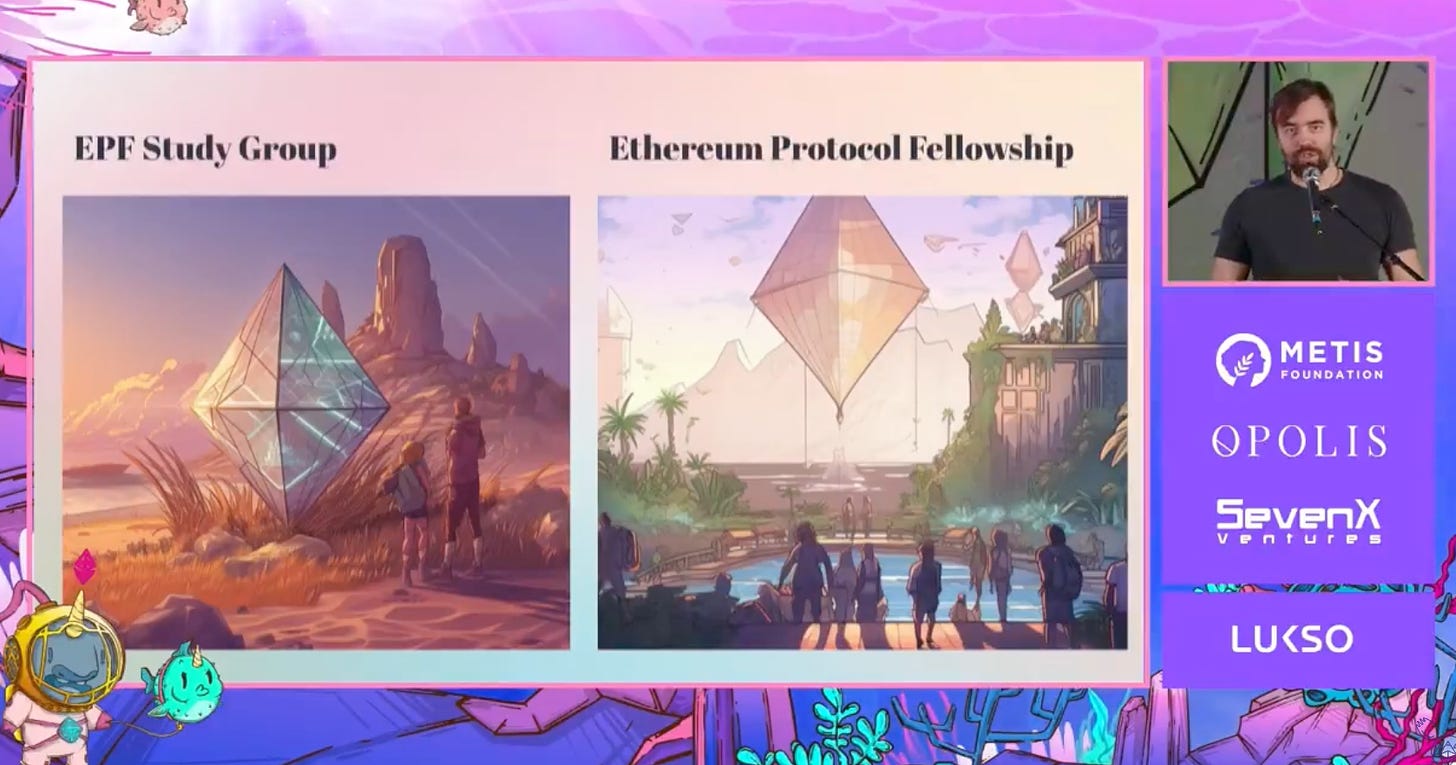
Business of Block Space Pt. 2: Mevconomics
Will Nuelle, head of investments at Galaxy Digital, pointed out that the cost of block space depends on the complexity of the transaction and the congestion of the network. There are significant differences in the amount of block space sold by different blockchains, depending on the strength of the network effect. Some major blockchains like Ethereum sell millions of dollars of block space every day, while others sell less.
As a business model, block space has the following characteristics:
High Net Revenue Ratio: Sales of block space can generate high net revenue because the direct revenue is directly proportional to the sales volume and there are no overhead costs associated with it. This means that the majority of revenue can be converted directly into profits, making blockspace a lucrative business model.
Network Effects: The value of block space is affected by network effects. As more users, application developers, and liquidity enter the blockchain ecosystem, the value and demand for the ecosystem will increase. This network effect can enhance the sale of block space and give it more profit opportunities.
Potential profit opportunities: With the development of blockchain technology and the expansion of application scenarios, block space as a business model has huge potential profit opportunities. As the market continues to develop and expand, the demand and value of block space will continue to increase, bringing more business opportunities and profit margins to participants.
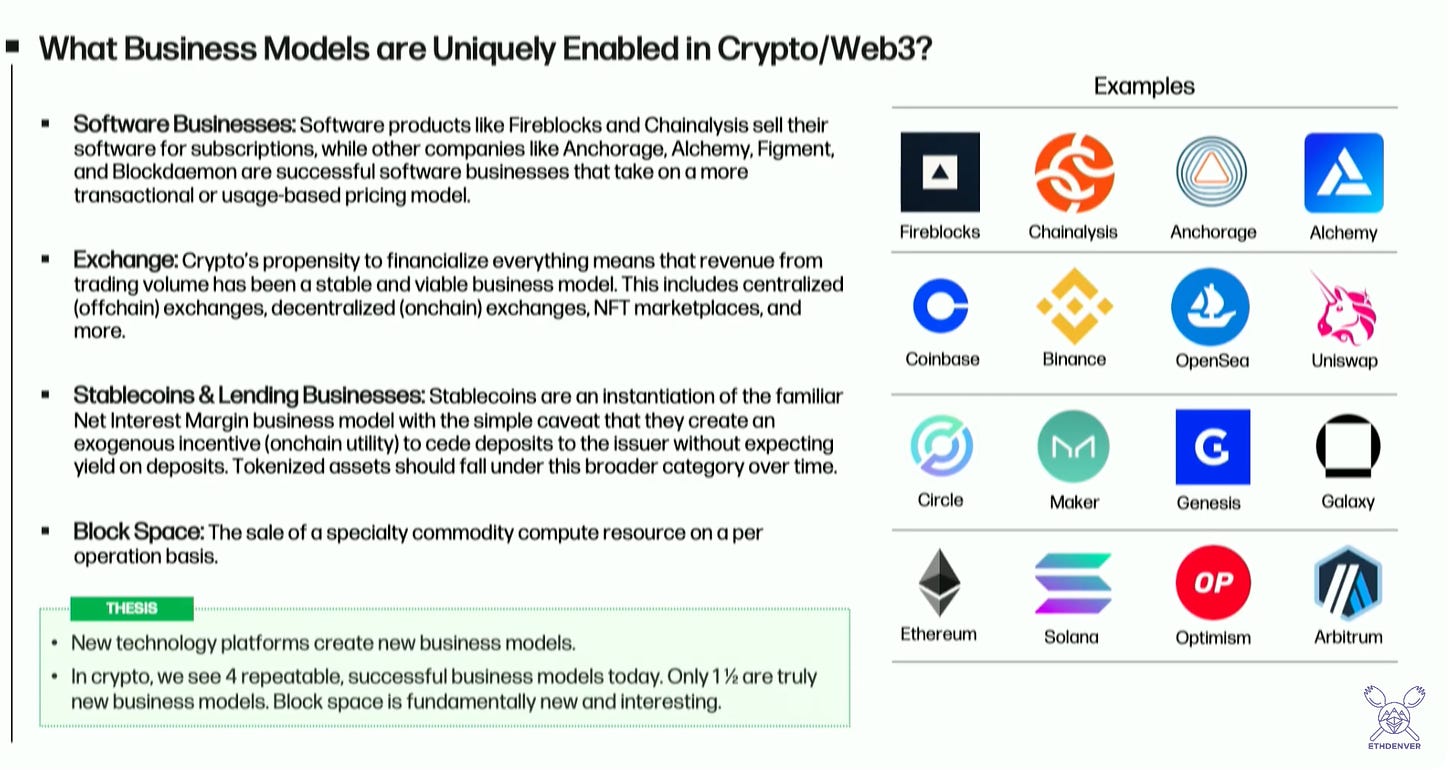
Public Goods Funding: The New Meta
Gitcoin founder Kevin Owocki pointed out that in the encryption field, there are different strategies and trends at different stages. For example, in the past, Initial Coin Offerings (ICOs) used to be the primary method of raising capital, but over time, this strategy no longer works as well as it once did. Public goods funding, as the next important meta in the field of encryption, can provide important support and driving force for the development of the encryption ecosystem at different stages.
Public goods funds are crucial to the competition of the Layer 2 ecosystem, including tools, liquidity, virtual machines, token economies, security, etc. He believes that public goods funding is key to achieving these aspects. Gitcoin supports the development of the ecosystem primarily by providing a variety of fund distribution mechanisms. Among them, Allo Protocol is a fund allocation protocol of Gitcoin, designed to support a variety of fund allocation strategies. The core function of Allo Protocol is to support the development of the ecosystem by absorbing data and funds and allocating funds to projects in the ecosystem. It supports multiple funding strategies, allowing projects to choose the most appropriate funding method based on their needs and goals.
Scaling RPGF With Retro Public Goods Organizations
Gitcoin co-founder Scott M and Optimism Foundation member Justine H discussed that late-stage public goods (Retro Public Goods) often only have people realize their value after the project is completed. Therefore, it is difficult to accurately assess the potential value of a project at the beginning. Due to this uncertainty, investors may be cautious about the project and unwilling to make large-scale investments before the project is completed. Retroactive Public Goods Funding (RPGF) is used to fund these public goods. In RPGF, projects are built first and then funded based on their actual value to the community, rather than funded in advance based on assumed value.
During the discussion, they also proposed a new mechanism design idea, which is to combine early funding with later public product funding.
Introducing an early-stage funding mechanism: By providing early-stage financial support to projects, it can help projects start and develop at an early stage. This funding can come from a variety of sources, including foundations such as Gitcoin, and possibly venture capital.
Late-stage public product funds: After the project is completed, late-stage public product funds can be used to supplement funding, and funding will be provided based on the actual value of the project. This funding is allocated based on the actual contribution and impact of the project, reducing uncertainty at the outset of the project.
Commitment to establish credibility: Projects can choose to become retro profit organizations and promise not to pursue conventional profits but to focus on creating public value. This commitment can increase the trust and recognition of the project from investors and funders.
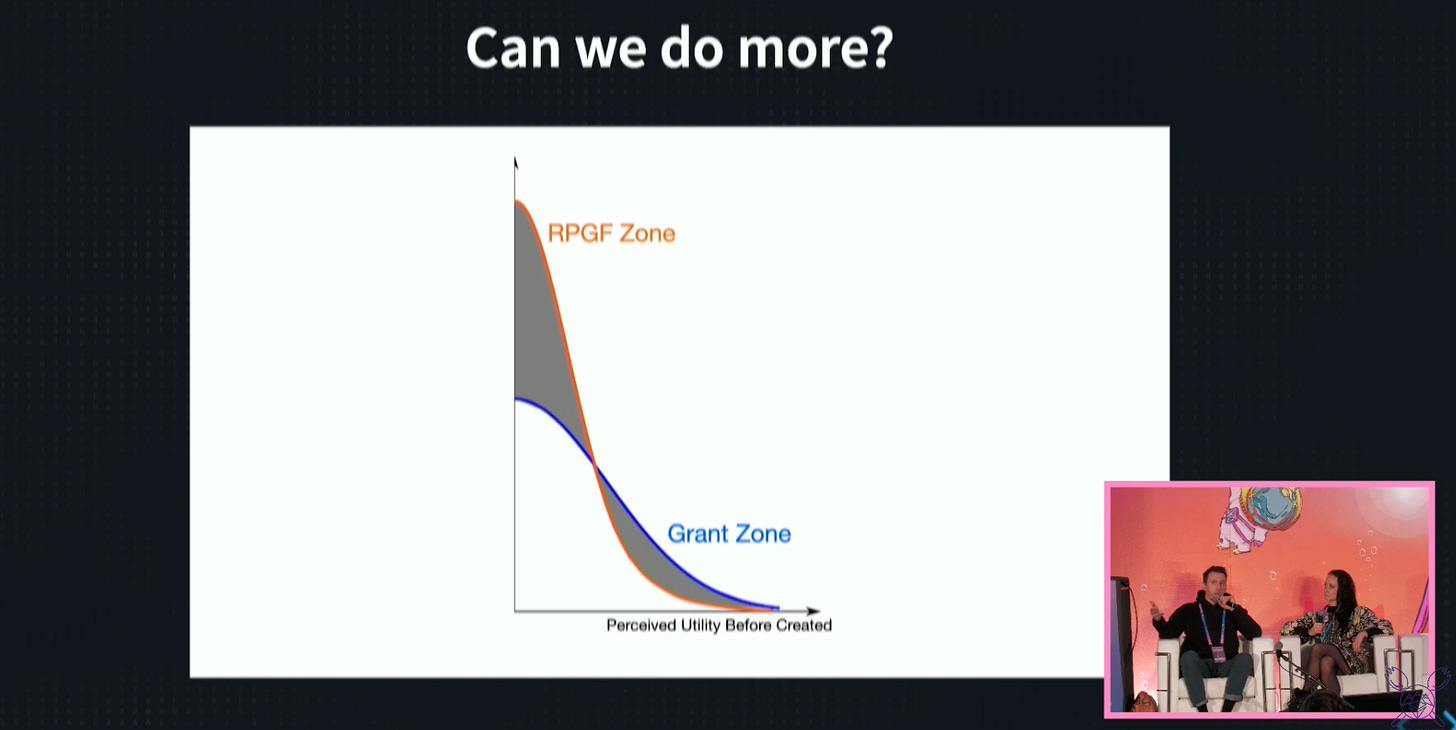
Scaling the Community: We're Gonna Need a Bigger Tent | Kent Barton - Ethereum Denver
Kent Barton, founder of the Ethereum Denver community, believes that the community is the core force in building and promoting decentralized technologies and concepts, and is a key factor in promoting innovation and development. He proposed a community design space based on Rollup.
Community Rollup is a community ecosystem built using Rollup technology, in which multiple projects or organizations share the same Rollup chain. The advantage of this is that different projects can share the same security and scalability on the same chain, thus reducing development and operation costs and improving interoperability and composability. In order to ensure the security of community Rollup, Kent Barton proposed several funding and maintenance mechanisms:
1) Member subscription, that is, community members can pay fees to support the security and operation of community Rollup;
2) Donation, that is, community members can make voluntary donations to support community Rollup;
3) Transaction fees, that is, community Rollup can earn revenue by processing transactions to cover operating and security costs.




